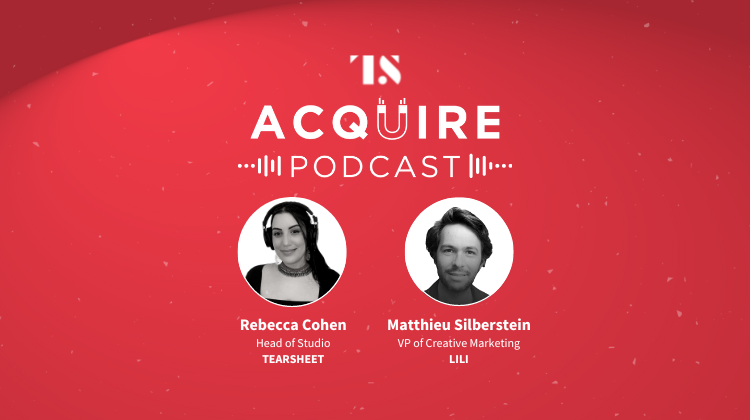Acquire Podcast, Modern Marketing, Podcasts
The Acquire Podcast Ep. 15: Lili is making taxes sexy, one IRS Cocktail at a time
- Lili’s VP of creative marketing, Matthieu Silberstein, joins us on The Acquire Podcast.
- Going for the perfect customers (instead of the many), the three year old banking app is going back to its roots of making taxes easier – while grounding their new brand book in today’s definition of business success.








